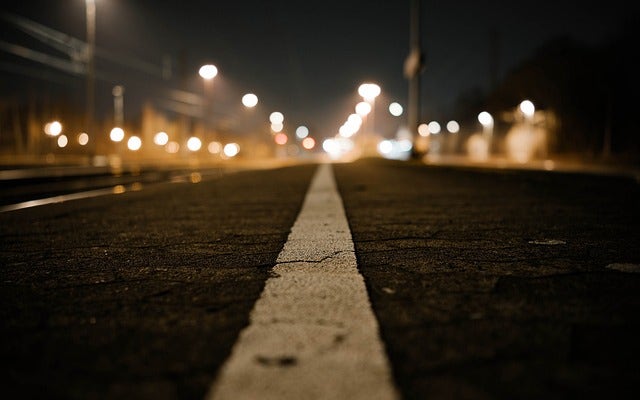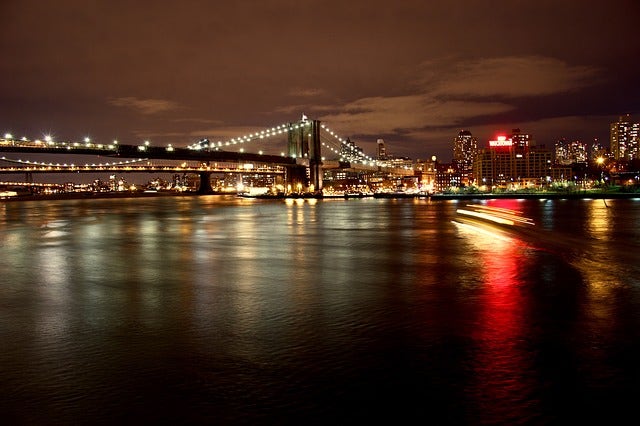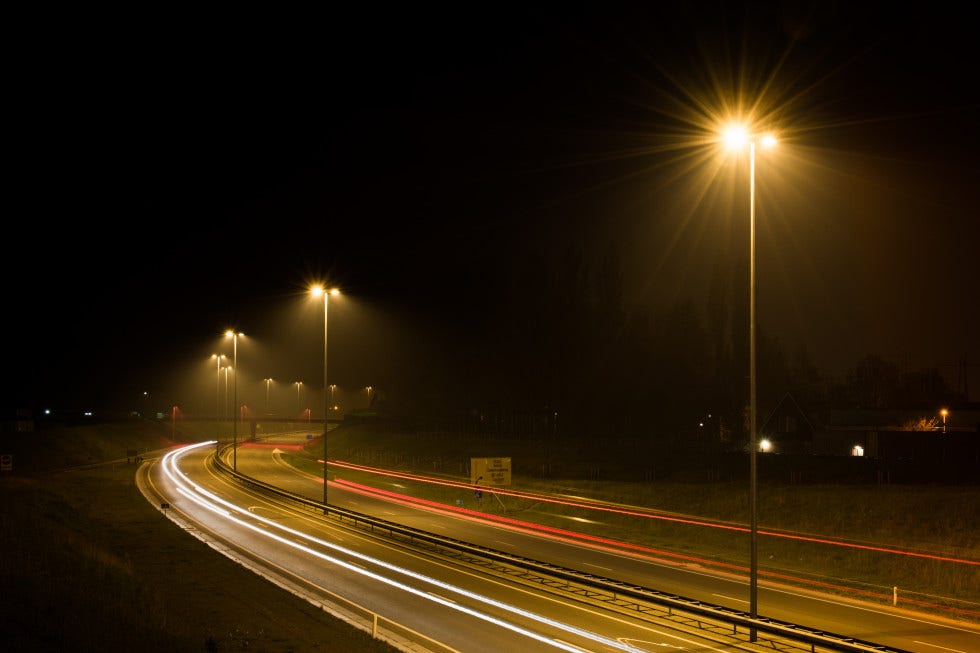
It’s a perfect night, enabling you to admire a gorgeous streetscape made atmospheric by antique lamps along the waterfront. The streets are bathed in a golden glow that’s just begging to be photographed. But when you look at your photos later, you find the black sky and shadows look grainy.
Graininess – what, in photography, is called image noise – can really ruin those night time shots. It’s a common problem and can be difficult to troubleshoot, which is why we’re here to help you out.

Why does digital noise occur?
Every digital camera has a sensor in place of old-fashioned film. These sensors receive light and translate it into pixels in your final image, through tiny photo diodes. Sometimes, these pixels inaccurately measure the light the sensor receives, especially when your sensor is heated up. The result is digital noise, speckles on your picture that give an overall impression of graininess.
Here are just a few reasons you might be getting grainy shots:
High ISO
The most common cause of grainy photos is when your scene is too dark. You or your camera may not want to wash out the scene using flash, and may compensate by raising the ISO instead.
The ISO dictates how sensitive your sensor will be. A higher ISO can capture more details in a dark image without having to use a flash. With newer camera models, you can enjoy reasonably high ISO with little noise in your images. But the rule still remains that in general, the higher your ISO, the more noise your camera will produce.
The easy fix is to reduce your ISO. The lower your ISO is, the less noise your photos will exhibit. But sometimes that’s just not possible. So here are a few tricks to help avoid grainy photos while keeping a high ISO:
Overexpose
This is one of our favourite photography tricks. Slightly overexposing the image can really reduce how much noise you will get. You can always correct the image in post-production, but give it a go and you may find this is your new favourite trick as well!
Use noise reduction
Thankfully many of the higher end cameras around today offer a noise reduction setting. In this setting, your camera searches for abnormal pixels and fixes them. It reduces noise by softening the image, but beware: you may lose fine details as a result.

Introduce more light
Introducing more light might not be ideal, especially if you want to use the existing light sources as a main subject in your image. But brightening your image will help reduce shadow and any chance of noise. You can introduce a new light source, whether it is a lamp or flash, to improve the lighting in your area.
Post-production enthusiasm
There are a few things you may do post production that could increase noise in your images. Some things you might do in your digital production program that will emphasise graininess include:
- Zooming and cropping
- Raising shadows
- Increasing exposure
- Increasing sharpness
We’re grateful for that Undo button, that’s all we can say.
Camera quality
If the low light quality of your images is really bugging you, it may be time to upgrade your camera. Older cameras or those with small sensors may not be capable of capturing high quality, low light pictures.
Higher-end, newer cameras often boast larger, more responsive sensors which means they can perform much better in low light scenarios. A DSLR camera or a large-sensor compact camera are often the best options, especially if they have a full frame sensor such as on the Canon EOS 5D Mark III or the Sony Alpha A7S.
As for lenses, go for something with a wide aperture that can introduce more light to the sensor.
If you’re looking for more hints and tips to take better pictures, check out some of the other posts on our Camera House blog. Or if you feel your camera equipment is definitely in need of an upgrade, browse through our full range of DSLRs and other products today.
